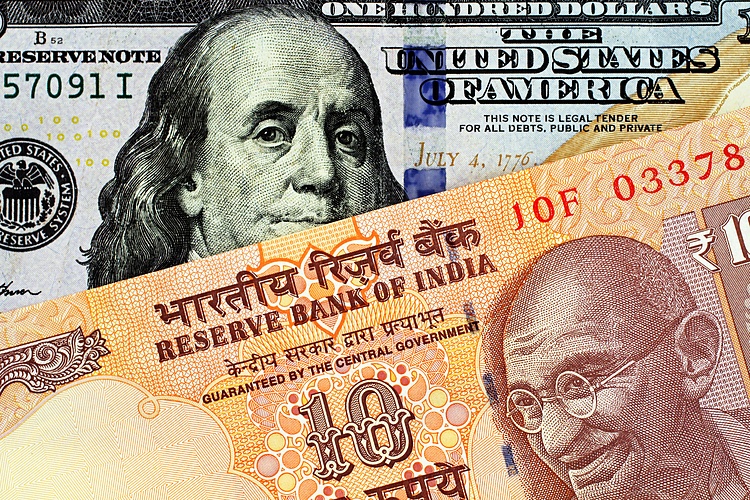The Indian Rupee faced downward pressure on Tuesday due to outflows from Indian equities, higher oil prices, and a stronger US Dollar. The ongoing geopolitical tensions between Israel and Iran also played a part in weakening the INR. Traders are closely watching for any dovish comments from US Federal Reserve officials, as well as the Reserve Bank of India’s interest rate decision on Wednesday. Analysts expect the rupee to trade with a negative bias, given the current market conditions.
India’s foreign exchange reserves reached a new all-time high, rising to $704.885 billion for the week ending September 27. Trade Minister Piyush Goyal commented that it is time for the INR to appreciate due to inflows in debt and equity markets. Federal Reserve officials have differing views on interest rate cuts, with St. Louis President Alberto Musalem supporting more cuts while Minneapolis Fed President Neel Kashkari welcomed the strong September jobs report. Despite the challenges facing the Indian Rupee, technical analysis shows a constructive outlook for the USD/INR pair.
The Indian Rupee is heavily influenced by external factors such as the price of Crude Oil, the value of the US Dollar, and levels of foreign investment. The Reserve Bank of India intervenes in forex markets to maintain exchange rate stability and adjusts interest rates to control inflation. Macroeconomic factors like inflation, interest rates, economic growth, balance of trade, and inflows from foreign investment also play a significant role in determining the value of the Rupee. Higher growth rates and less negative trade balances can lead to a stronger Rupee, while higher inflation can have a negative impact on the currency.
Inflation, particularly if it is higher than India’s peers, can be negative for the Rupee as it reflects devaluation through oversupply. However, higher inflation can also lead to increased demand from international investors if the RBI raises interest rates. Lower inflation may have a positive impact on the Rupee. It is important for traders and investors to monitor these factors to make informed decisions regarding the Indian Rupee. Despite the challenges faced by the INR, the currency market remains dynamic and responsive to both internal and external influences.





















